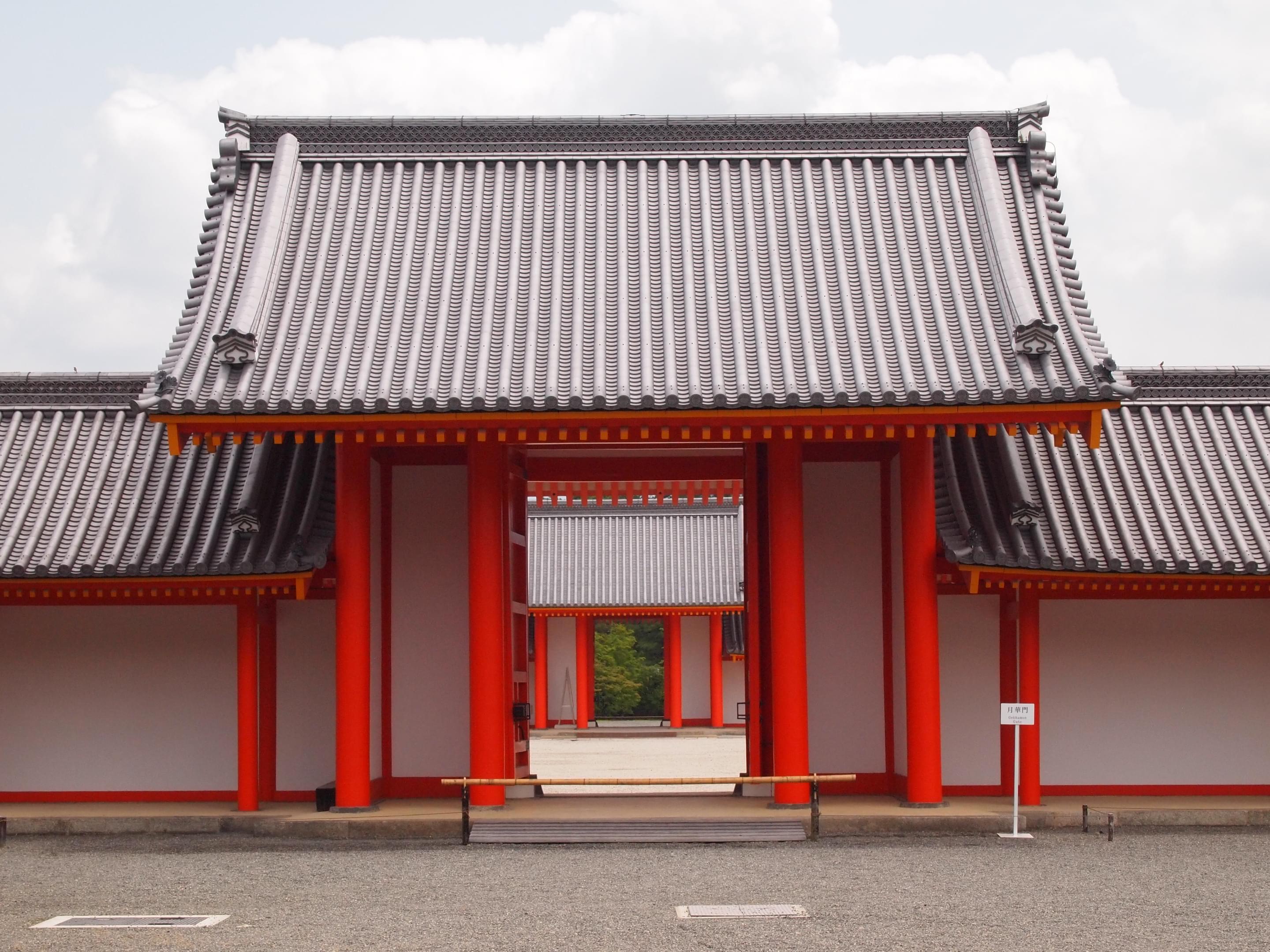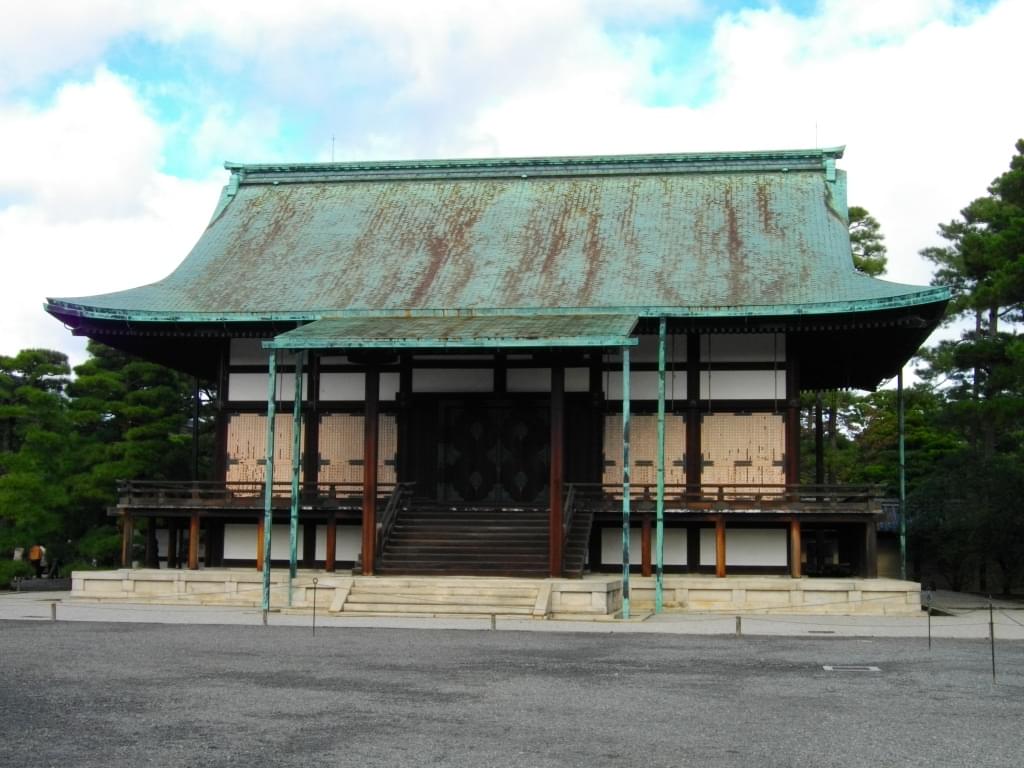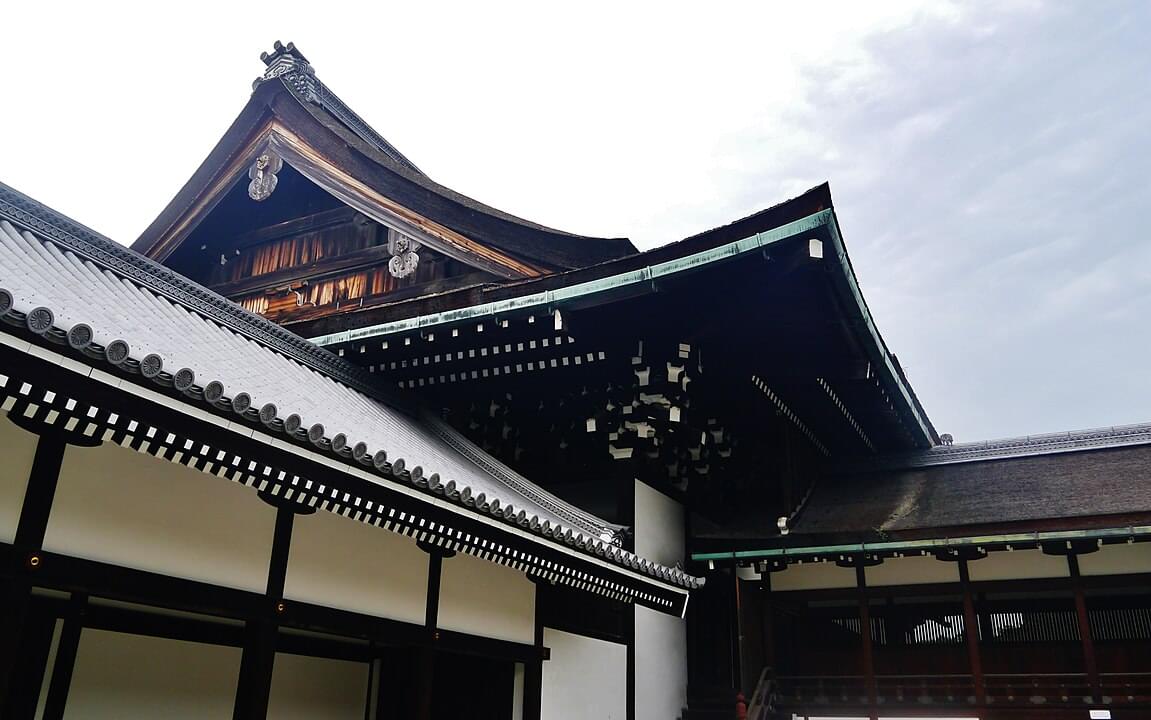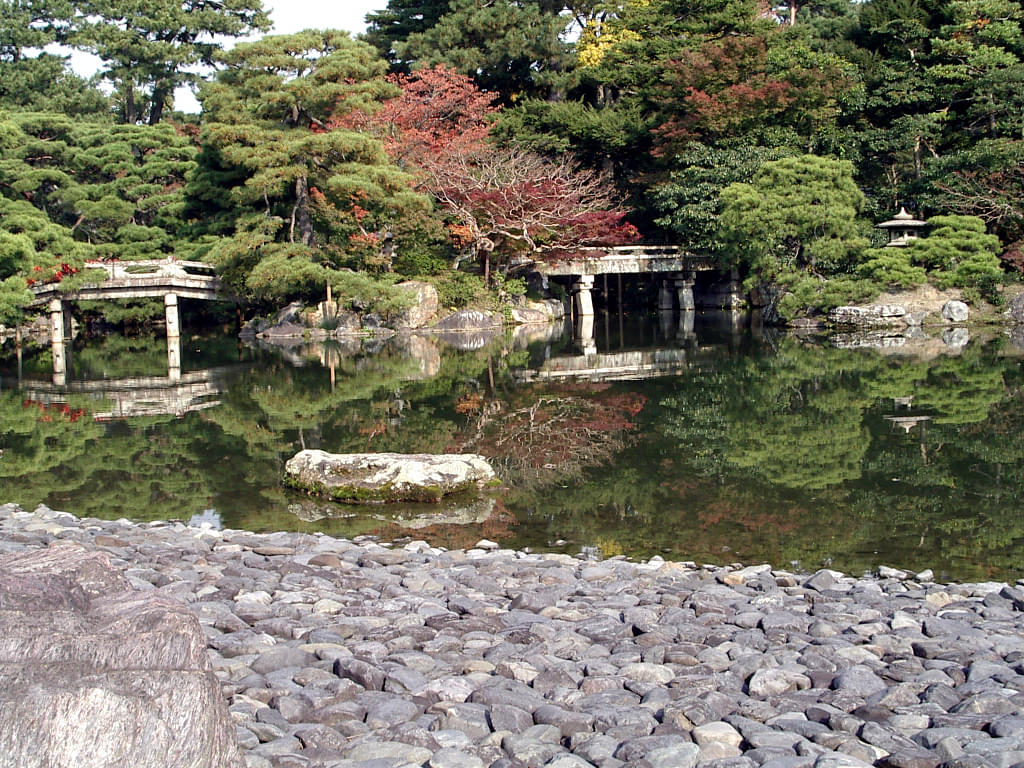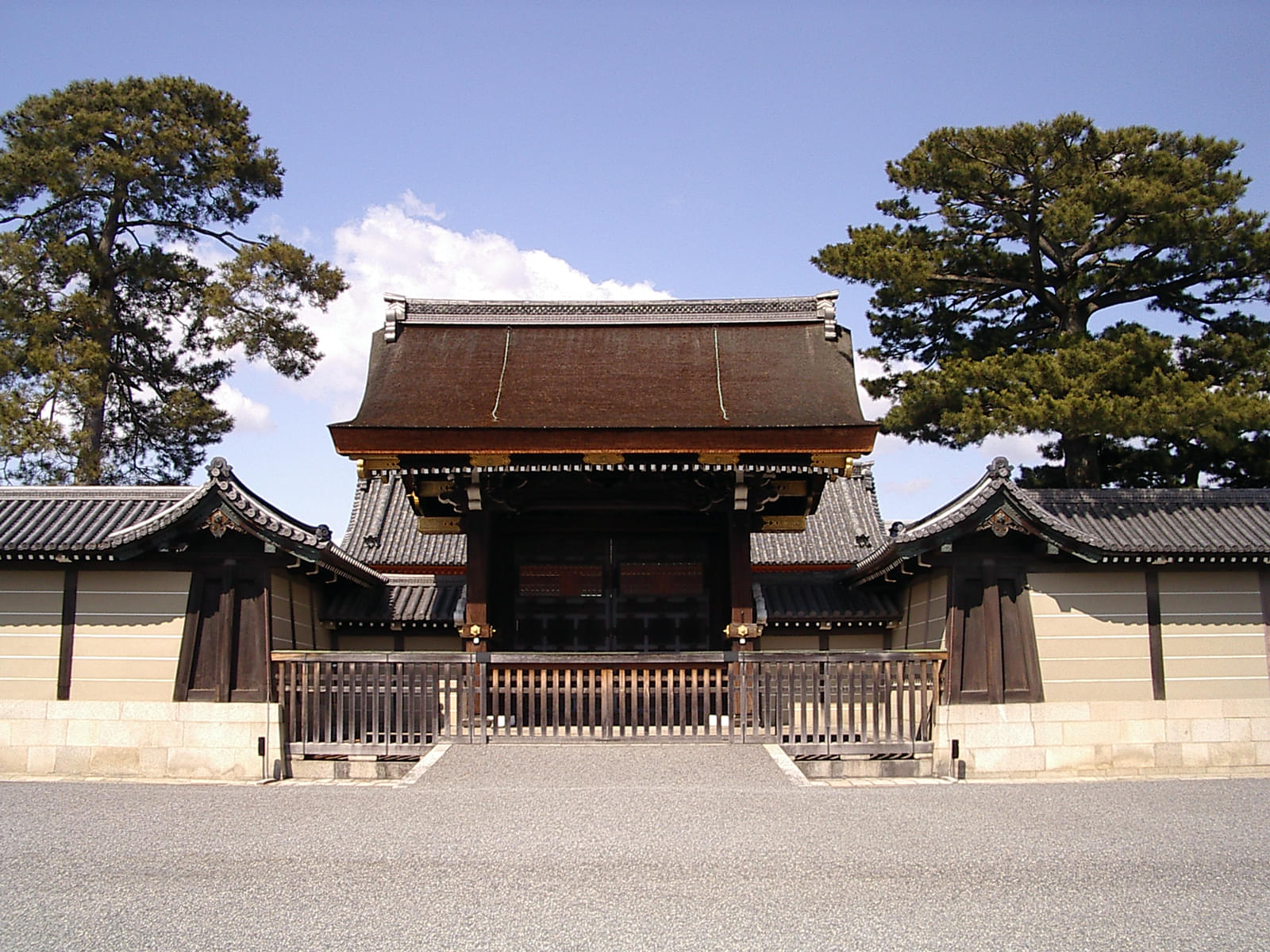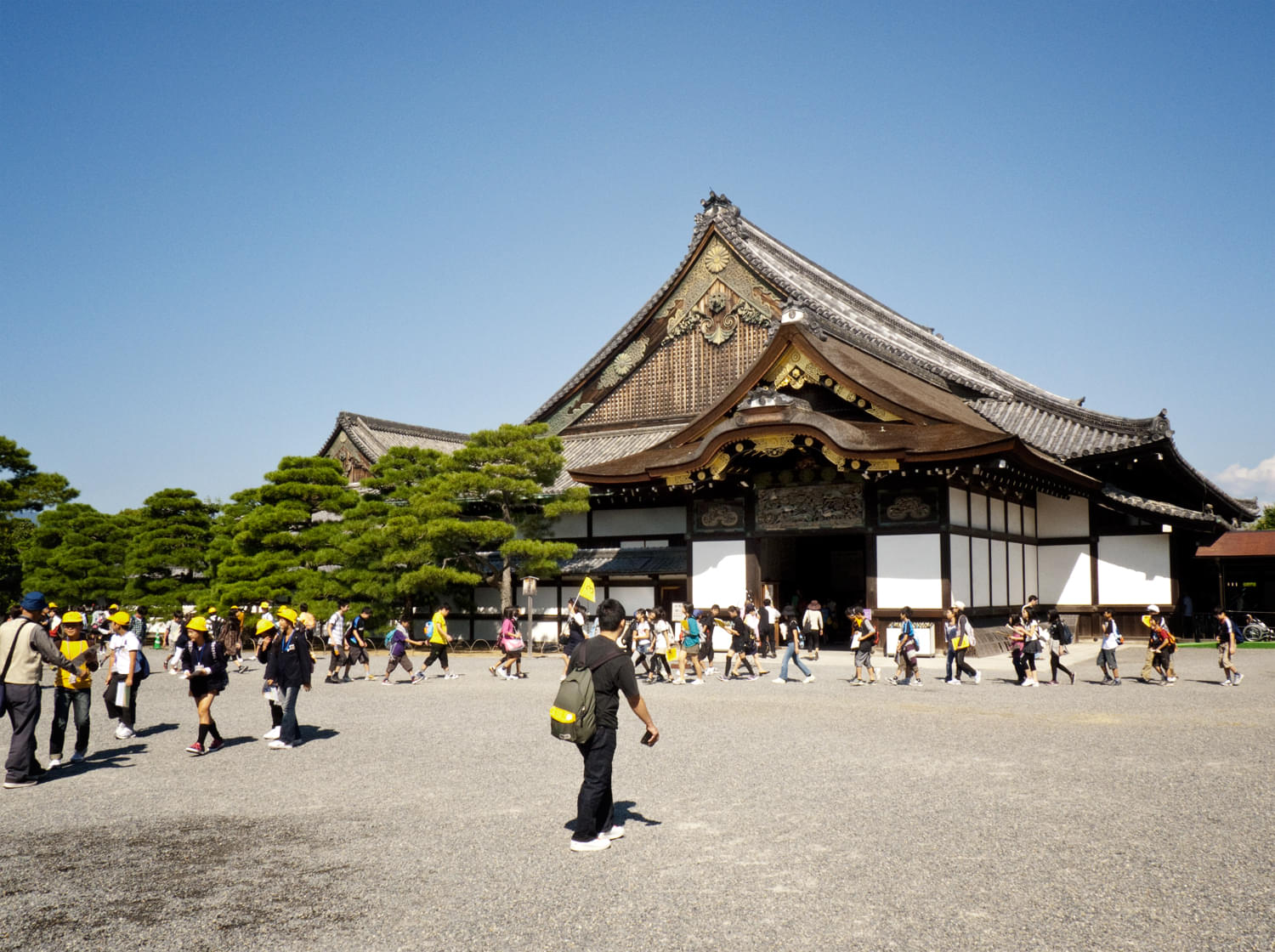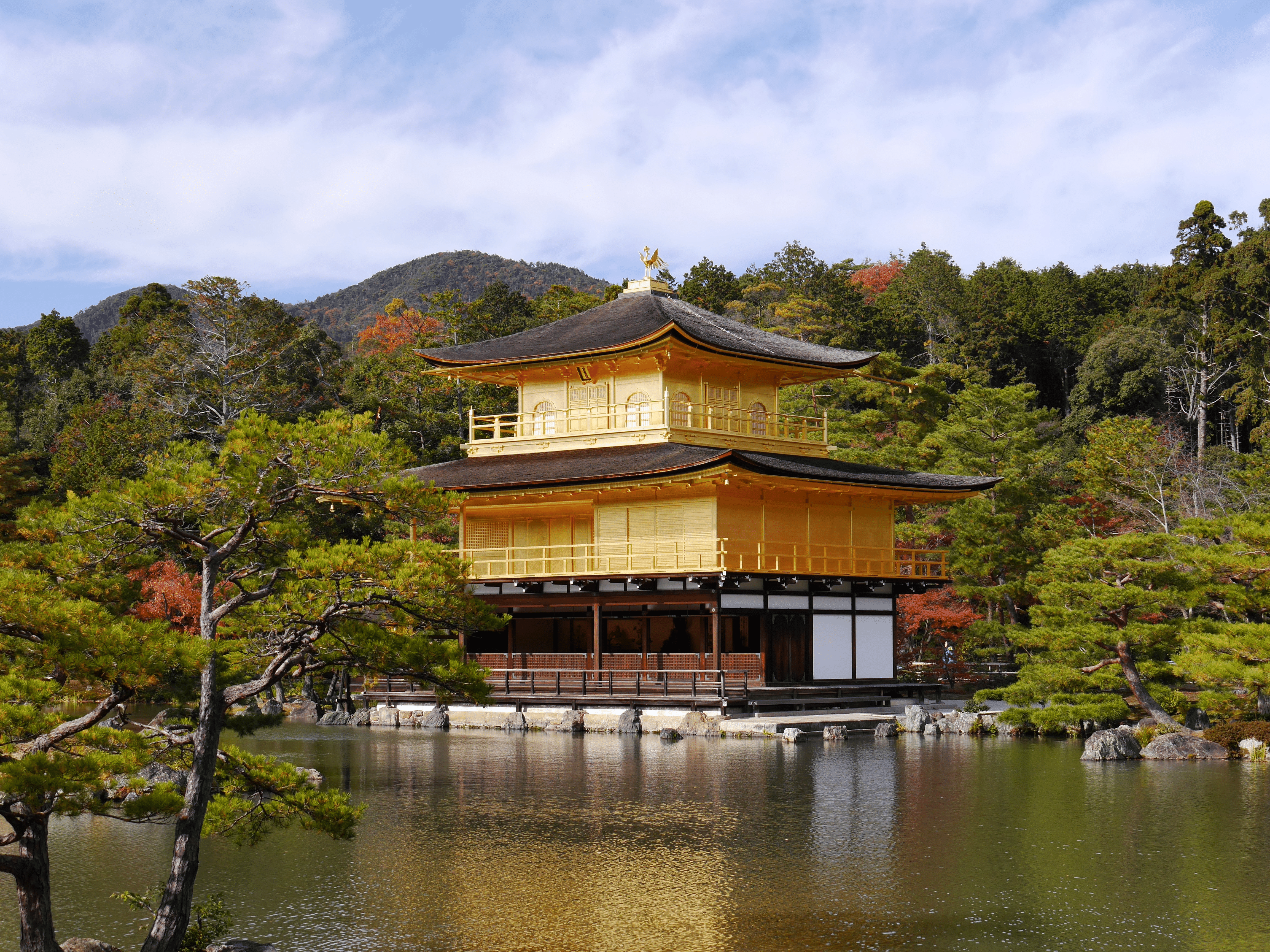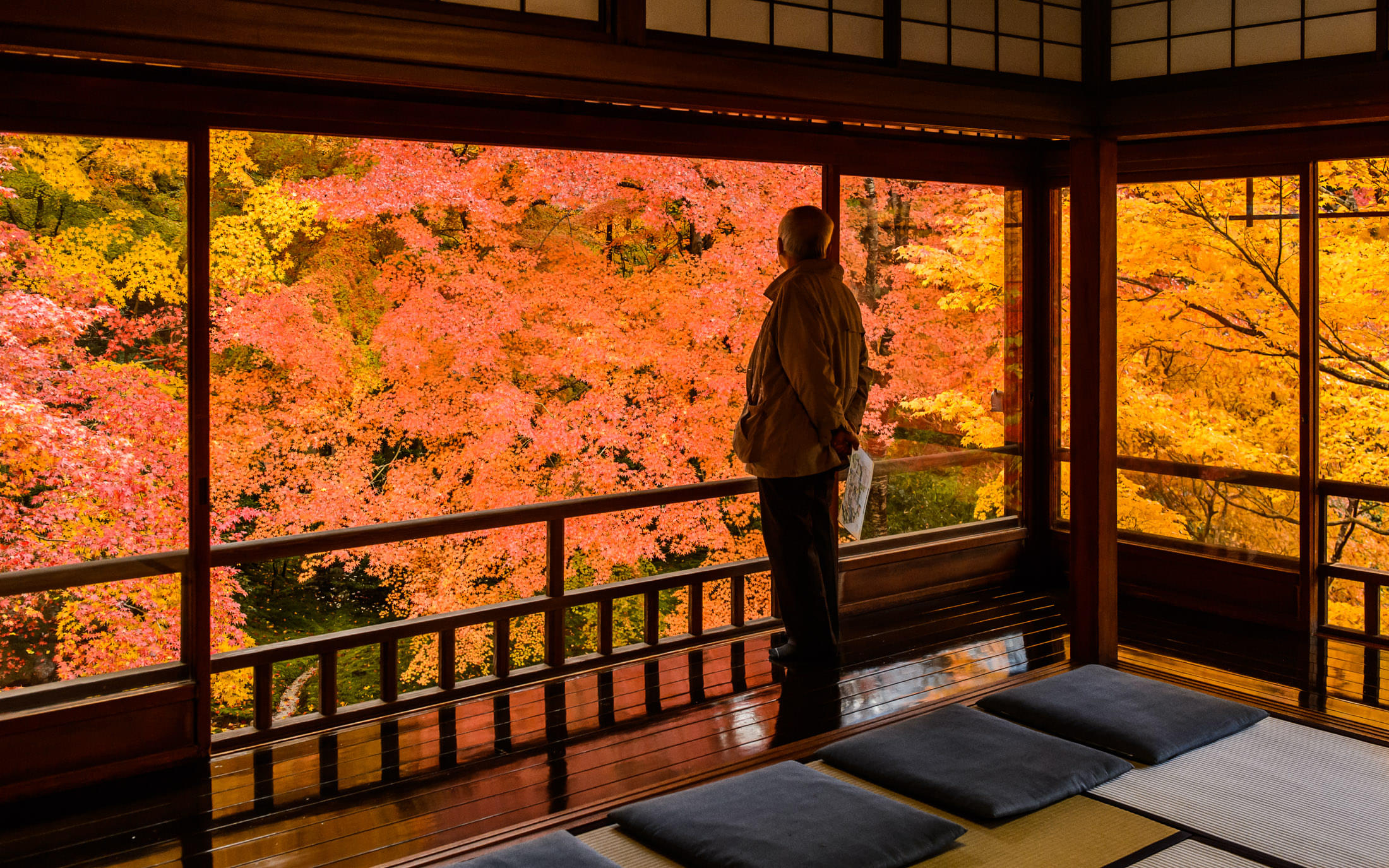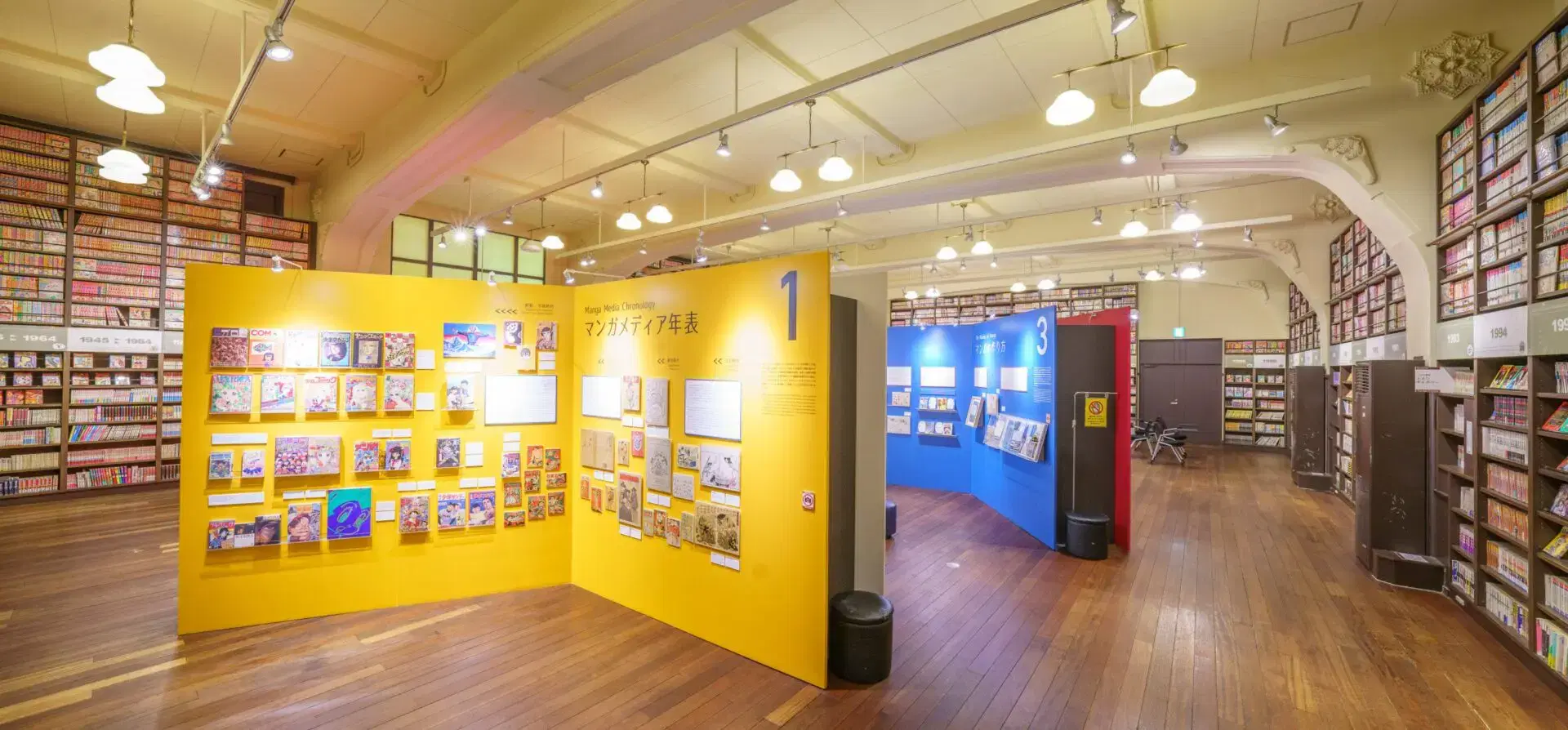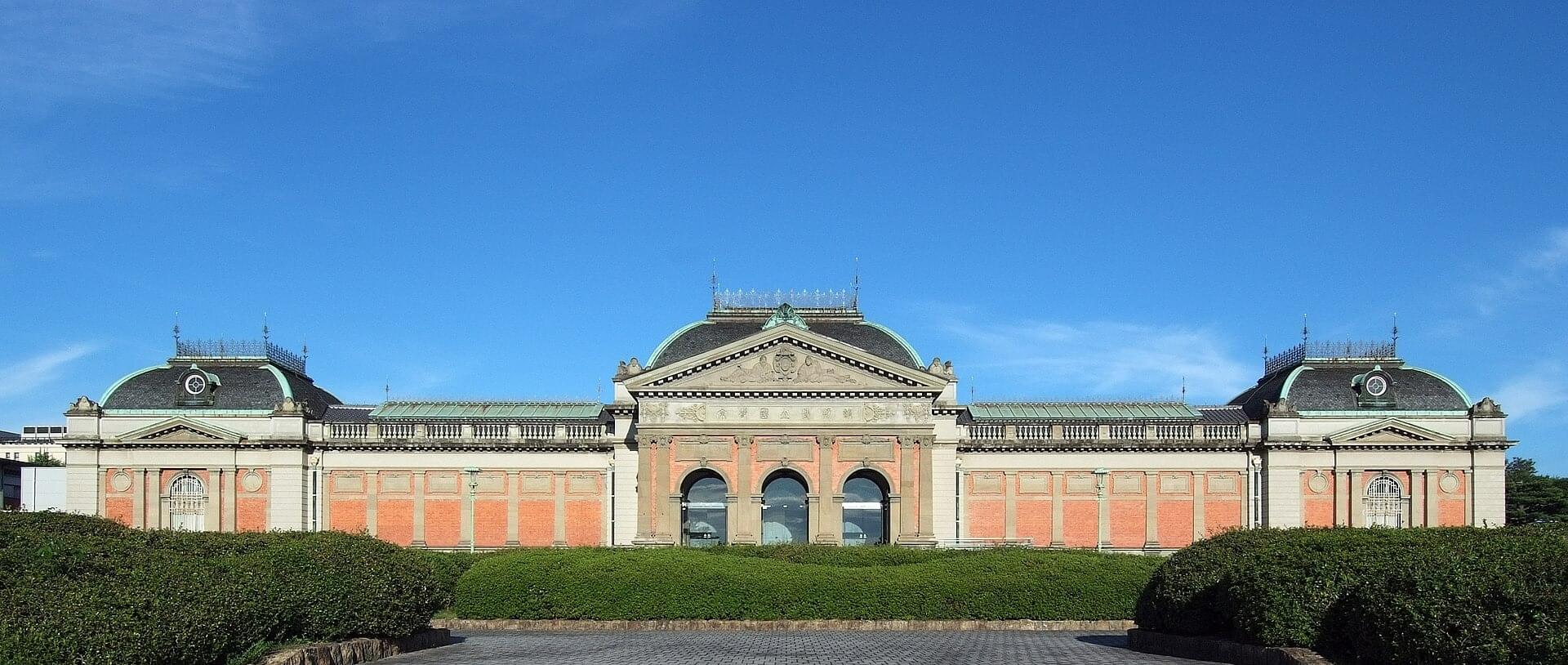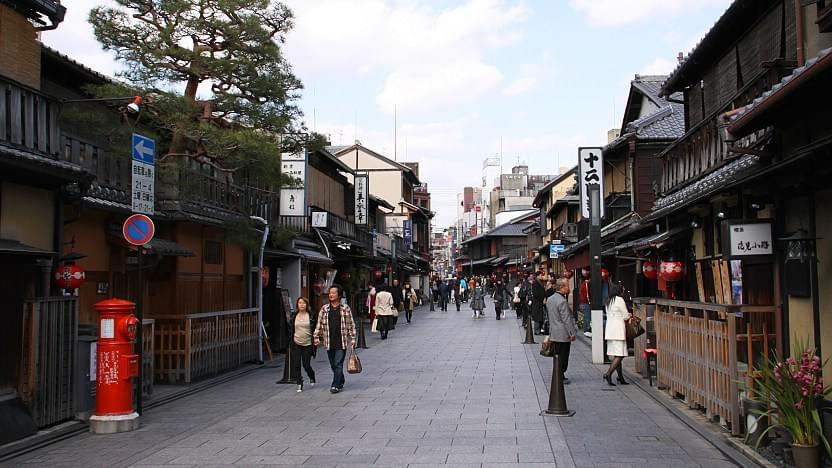About Kyoto Imperial Palace
The palace grounds feature a series of elegant buildings, gardens, and ceremonial halls that exemplify traditional Japanese architecture. Key structures are the Shishinden Hall, Seiryo-den Residence, and Oikawa Garden, famous for its pond and beautiful landscaping. Each building is a testament to Japan's imperial past's refined aesthetic and cultural heritage.
The Kyoto Imperial Palace is not only an architectural marvel but also a cultural treasure trove, hosting various imperial ceremonies and functions. If you love culture and architecture, head to the famous Kyoto Imperial Palace.
Kyoto Imperial Palace Highlights
• Stroll through the scenic landscape garden and enjoy beautiful sunrise and sunset views.
• Witness the architectural beauty of the Kyoto Imperial Palace which was originally the residence of the Imperial Family.
• Experience the beautiful palace grounds in different seasons as they offer different scenery and atmosphere.
• View the Shishinden and Seiryo-den, important ceremonial spaces showcasing exquisite traditional architecture.
• Explore the historical gate, setting the tone for the majestic palace complex.
How To Reach Kyoto Imperial Palace
By Car: Kyoto Imperial Palace is located 4.2 km from the Kyoto city center. It will take 14 minutes to visit via Karasuma Street.
By Foot: Kyoto Imperial Palace is at a distance of 3.6 km from the Kyoto city center. The total time to visit your destination is around 51 minutes via Karasuma Street.
Best Time To Visit Kyoto Imperial Palace
You may visit the Kyoto Imperial Palace as it remains open throughout the year. Plan your tour to the Kyoto Imperial Palace during the winter season in Japan for an exciting journey. Spring and autumn are also great times to explore the palace. Kyoto Imperial Palace remains closed on Monday and Tuesday. Thus, plan your visit during the weekend as it is an ideal day. The best time of the day to visit the Kyoto Imperial Palace is around 10:00 or 11:00 AM.
Kyoto Imperial Palace Other Essential Information
- Explore the entire Kyoto Imperial Palace in comfortable shoes or slippers.
- Carry all essentials like water, snacks, sunscreen and more.
- Do not litter the environment.
- Take proper care of your belongings as they may get lost.
- Visit early to avoid crowds.
Head to Shishinden or Hall for State Ceremonies
The Shishinden is arguably the most important building within the Kyoto Imperial Palace complex. It served as the main hall for state ceremonies, including enthronement rituals. The hall is an exquisite example of traditional Japanese palace architecture, featuring a raised platform, a thatched roof, and intricate wooden carvings. The interior is adorned with a chrysanthemum throne, symbolizing the Emperor's authority. The Shishinden's design emphasizes symmetry and simplicity, reflecting the aesthetic values of the Heian period. Visitors can appreciate the building's historical significance and the role it played in the ceremonial aspects of imperial rule.
Visit the Seiryo-den or Emperor's Residence
The Seiryo-den was originally used as the Emperor's living quarters and later for various court functions. Unlike the more formal Shishinden, the Seiryo-den has a more intimate and personal atmosphere. It features a mix of architectural styles, including elements from the Shinden-zukuri style, which was prevalent in the Heian period. The structure includes several rooms, such as the Emperor's study and sleeping quarters, each with traditional tatami mats and sliding doors (fusuma). The Seiryo-den is surrounded by beautifully maintained gardens, providing a peaceful and contemplative environment. This building offers a glimpse into the daily life of the Japanese imperial family and their private world.
Enjoy the tranquil beauty of the Oike-niwa or Pond Garden
The Oikeniwa Garden is a stunning example of a traditional Japanese landscape garden. Located within the palace grounds, this garden features a large, serene pond surrounded by meticulously manicured trees, shrubs, and seasonal flowers. The garden's design aims to create a natural, harmonious landscape that changes with the seasons, offering different views and experiences throughout the year. Stone bridges and stepping stones enhance the garden's aesthetic appeal, inviting visitors to explore its pathways. The Oikeniwa Garden is a place of tranquility and beauty, embodying the Japanese principles of wabi-sabi (beauty in imperfection) and Shakkei.
Explore the Kenreimon Gate
The Kenrei Mon Gate is the Kyoto Imperial Palace's main entrance and an iconic site symbol. This imposing gate is a fine example of traditional Japanese gate architecture, featuring a gabled roof and ornate wooden carvings. The gate's name is Kenreimon, which stands for Gate of Benevolent Light. It signifies its role as the entrance to the Emperor's residence. Historically, the gate was used during significant ceremonial processions, adding importance to the palace complex. The Kenreimon Gate sets the tone for the grandeur and historical significance visitors will experience as they enter the palace grounds.

